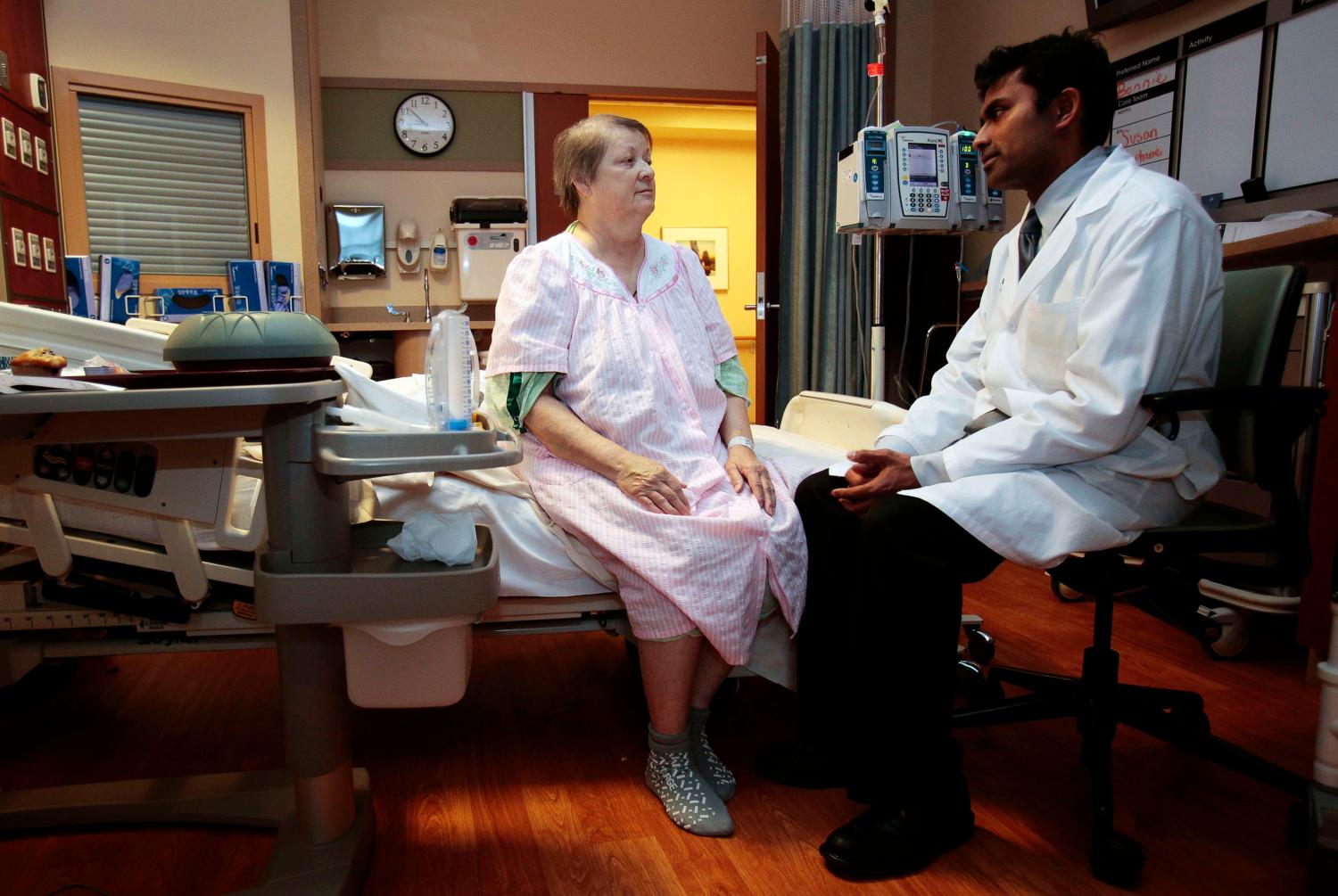The Challenge: Rising Costs, Variable Quality
Across developed and emerging nations alike, healthcare costs are outpacing the growth of national incomes, driven by aging populations, rising expectations for high-quality care, the increasing burden of chronic conditions, and an ever-wider range of health technologies and treatments. Although new technologies offer longer and better lives, wide variation in the quality of care persists within countries, regions, and cities, with little correlation between the quality and cost of care. The challenge for many health systems is to slow the growth in expenditure while simultaneously providing better quality care.
From Supply-Led to Demand-Driven Healthcare
Many healthcare systems worldwide are predominantly supply-led, with individual providers each delivering discrete elements of the overall care received by people. Their success (and payment) is often measured in terms of activity or volume. This supply-led model has a number of drawbacks:
- It focuses care on just a portion of the care pathway and not on overall outcomes.
- It does not always hold any single provider accountable for overall outcomes.
- It restricts innovation.
- It generates only limited incentives for collaboration across providers.
- It inhibits individuals and populations from having a real voice in their own overall care.
As a result, this model, even with improvements in efficiency, will struggle to address the cost and quality challenges. This paper argues for a fundamental shift to a demand-driven model, where the providers are accountable for the care outcomes that matter to patients and the broader population.
Driving accountability for outcomes leads to several key benefits:
- It encourages innovation along entire care pathways, to raise quality and reduce cost.
- It incentivizes collaboration between providers to co-ordinate care to deliver outcomes.
- It clarifies for policy-makers what is being achieved by the money being spent.
- It gives people a stronger voice in their own care and in defining what matters.
Focusing on Outcomes for Episodes and Populations
Shifting the focus to outcomes can be achieved in steps. The first step is to focus on episodes of care, where there is a clear link between a procedure and an outcome. That provides opportunities to transparently measure and incentivize outcomes. For low- and middle-income countries, a feasible approach might be bundled payments for entire episodes of care; this approach could help to avert many of the problems now facing more developed economies with traditional payment systems.
Although valuable, these episode-based reforms do not adequately address long-term prevention and management of chronic conditions, or care for the frail elderly. What is required here is a whole-person focus that spans traditional healthcare silos. The design of a model for these fast-growing cohorts involves policy-makers taking a second step: making providers accountable not just for the outcomes of episodes of care, but for the outcomes of a defined population. In this population-based accountable care model: a group of providers are held jointly accountable for achieving a set of outcomes for a prospectively defined population over a period of time and for an agreed cost.
Accountable Care for a Population
Delivering accountable care for a population involves five key components:
- A specified population for which providers are jointly accountable.
- Target outcomes for the population – outcomes that matter to individuals.
- Metrics and learning, to monitor performance on outcomes and to learn from variation.
- Payments and incentives aligned with the target outcomes.
- Co-ordinated delivery, across a range of providers, of the care necessary for achieving the desired outcomes.
Some examples of accountable care health systems already exist worldwide, and the emerging evidence strongly indicates that accountable care can encourage innovation and improve the quality of care. There is also some early evidence for cost savings, but it is less strong, particularly during the initial years of many programs, when investments are needed to change systems and build capabilities.
This report includes five detailed examples of population-based accountable care:
- Agency for Integrated Care (Singapore): better care at lower cost for an elderly population.
- Geisinger Health System (US): better care at lower cost for a diabetic population.
- Ribera Salud (Spain): better care at lower cost for a regional population.
- NW London Integrated Care Pilot (UK): better care at fixed cost for an elderly population.
- ThedaCare (US): better care at lower cost for a payer-specific population.
Our report also describes transitions towards more accountable care in a range of other countries. While it may be too soon to be sure that accountable care will deliver cost savings, it certainly does have a positive impact on quality and value (outcomes per unit cost), and that alone makes the accountable care model compelling for policy-makers to adopt now. Accountable care also fosters better measures and greater transparency of quality and performance, and so will likely lead to continuous insights for improving care.
The Brookings Institution is committed to quality, independence, and impact.
We are supported by a diverse array of funders. In line with our values and policies, each Brookings publication represents the sole views of its author(s).





